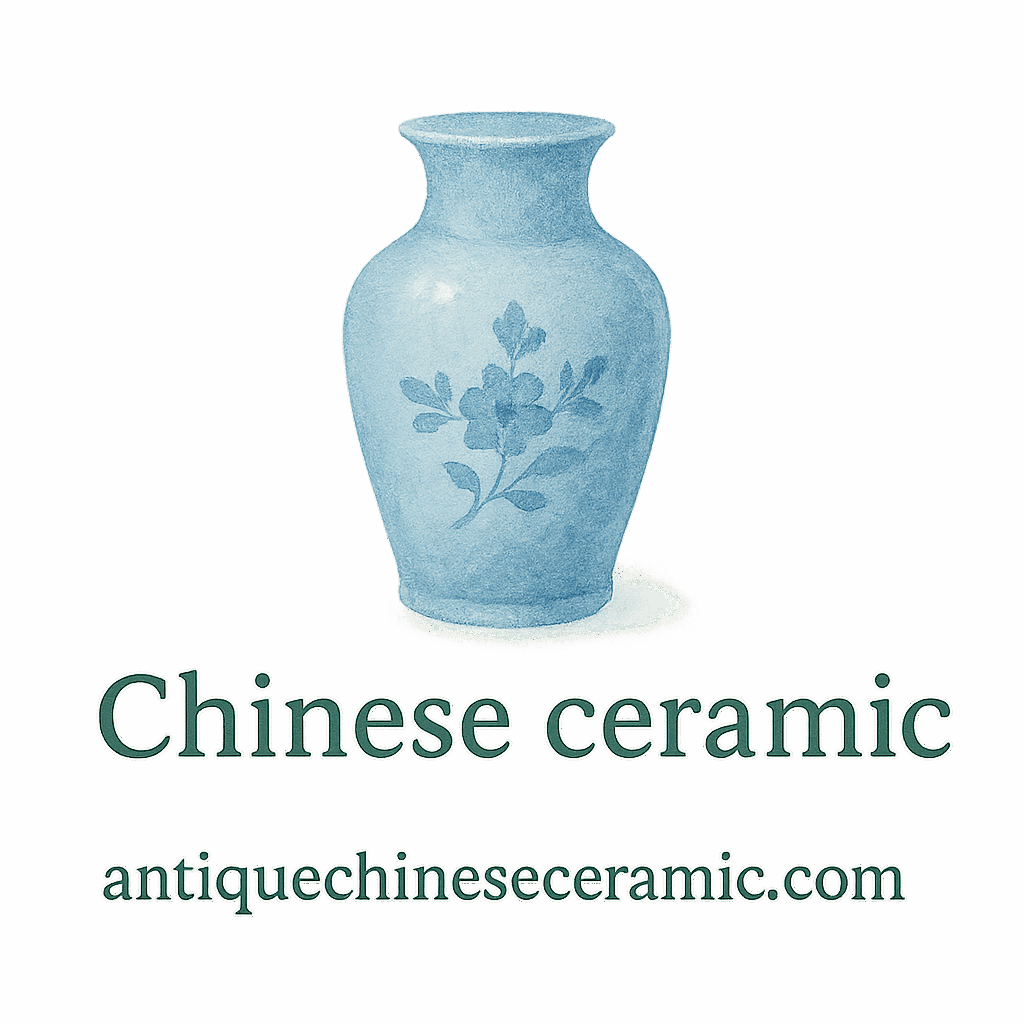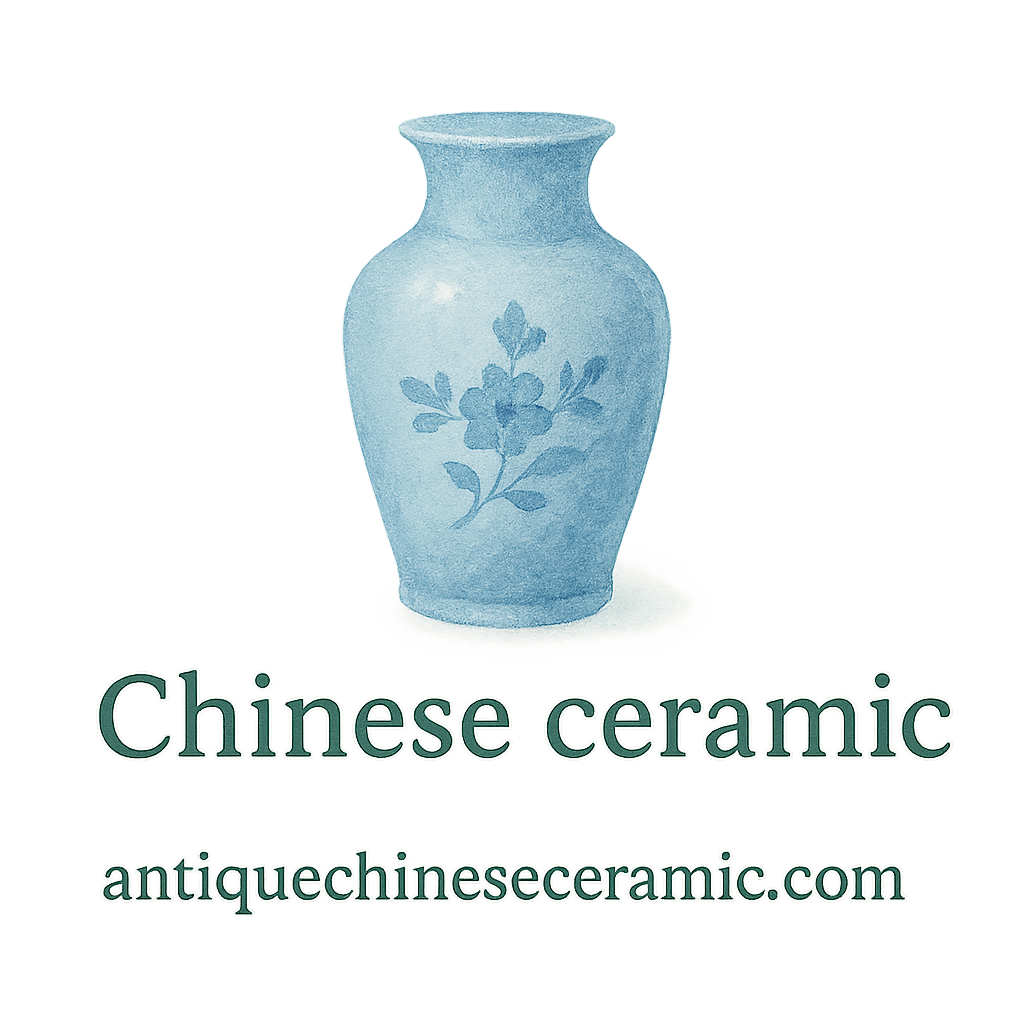Introduction to the Surge in Value
Have you noticed how the prices of antique Chinese ceramics are skyrocketing lately? It’s not just a phase — it’s a full-on renaissance of appreciation. Whether it’s a Ming dynasty vase or a delicately glazed Song bowl, these ancient treasures are capturing hearts and wallets alike. Let’s unpack the 11 compelling reasons why antique Chinese ceramics are rising in value.
For background on their origins and collecting history, take a peek at the evolution of antique ceramics.
1. Rich Historical Significance
Tracing the Dynastic Legacy
Antique Chinese ceramics represent over 5,000 years of artistic evolution, especially under dynasties like Tang, Song, Yuan, Ming, and Qing. Each dynasty left its own stamp — from Tang’s sancai ware to Qing’s famille rose porcelain. Owning a piece from any of these periods is like holding a slice of Chinese civilization.
Explore more about their dynastic roots here.
Link to Cultural Identity
These ceramics aren’t just art; they’re cultural mirrors. Collectors, both Chinese and international, value them as links to tradition, philosophy, and legacy — which fuels their emotional and monetary value.
2. Exceptional Craftsmanship
Techniques That Stand the Test of Time
Chinese ceramics are renowned for their innovation: think underglaze blue, celadon glazes, and intricate hand-painting. Ancient artisans were master chemists and designers, blending aesthetics with science long before modern technology existed.
Detailed Decoration and Precision
The attention to detail — the dragons, florals, and calligraphy — is exquisite. These pieces weren’t just made; they were meditated into existence. That level of precision drives value, especially when paired with authentication and quality standards. Learn about what defines true ceramic quality.
3. Limited Supply and Rarity
Why Rarity Equals Value
Simple economics — the fewer there are, the more people want them. Many ancient pieces were destroyed over time due to wars, environmental degradation, or just poor preservation.
Lost Art of Ancient Kilns
Many ceramic techniques have been lost forever. For example, the imperial Ru kilns of the Song dynasty produced only a few hundred surviving pieces. Scarcity like this makes the remaining ceramics incredibly desirable.
Discover how rarity influences collecting trends.

4. High Demand in Global Markets
Western Fascination with Chinese Art
The West’s love affair with Chinese porcelain dates back to Marco Polo. European royalty once fought over imported vases — and that fascination hasn’t faded. International collectors drive up prices through auctions and private deals.
Growing Asian Middle Class Collectors
A new generation of Chinese and Asian collectors is emerging. With rising disposable incomes, they’re buying back their cultural heritage, which pushes prices higher.
See what’s trending in the auction scene.
5. Increased Awareness Through Media
Auction Houses and TV Shows
Shows like Antiques Roadshow and high-profile Sotheby’s sales have made people more aware of the value of Chinese ceramics. These mainstream media moments ignite curiosity and bidding wars.
Online Ceramic Communities
Platforms like Instagram, Reddit, and niche blogs help collectors learn about ceramic identification, connect with experts, and share discoveries. This new wave of education supports better buying decisions.
6. Investment and Wealth Preservation
Ceramics as an Alternative Asset
In uncertain financial times, tangible assets like antiques are a hedge against inflation. Ceramics are less volatile than stocks and can be physically passed down or displayed.
How Value Grows Over Time
A ceramic piece purchased 20 years ago for $1,000 might now fetch $20,000. This kind of long-term appreciation is making collectors take notice.
Check out proper valuation techniques before buying or selling.
7. Strong Auction Performance
Famous Auction Sales
Remember the 2010 sale of a Qing dynasty vase that fetched $83 million? Those kinds of headlines raise public interest and inflate value across the board.
The Role of Expert Appraisals
Skilled appraisal professionals help determine authenticity and value, giving buyers more confidence to spend.
8. Improved Authentication Methods
Scientific Dating and Identification
Modern tools like thermoluminescence testing can date ceramic material with incredible accuracy. This reduces fraud and boosts trust in purchases.
Reduced Risk of Forgeries
With better methods of examining glaze composition, pigment sourcing, and brushwork, experts are better equipped to weed out fakes, making genuine pieces more valuable.
9. Better Preservation Practices
Caring for Ceramics to Retain Value
Collectors are investing more in care and preservation. They use humidity-controlled storage, avoid direct sunlight, and even hire ceramic conservation experts.
Safe Storage Techniques
Specialized storage containers and surface-safe materials now help prevent damage. Preserved pieces naturally command higher market values.
Explore more on proper ceramic cleaning and maintenance.
10. Cultural Heritage and Legacy Appeal
Museums, Heirlooms, and Storytelling
Antique Chinese ceramics are often kept in families as heirlooms. Others end up in museums like the British Museum or the Palace Museum in Beijing. Their legacy appeal is immense.
Link to Personal and National History
There’s growing interest in heritage. Many buyers see owning ceramics as a way to reconnect with ancestry or pass along stories to the next generation.
11. Online Accessibility and Knowledge Sharing
Digital Catalogues and Online Valuation
Websites like antiquechineseceramic.com allow collectors to study timelines, browse valuation guides, and connect with appraisal experts, all from home.
Rise of E-commerce in Collectibles
Buying and selling ceramics has never been easier. Trusted platforms provide transparent pricing, expert insights, and global access. The collector’s market is now just a click away.
Check out this resourceful antique tag feed to dive deeper.
Conclusion
So, why are antique Chinese ceramics booming in value? It’s a perfect mix of history, rarity, cultural pride, craftsmanship, and smart investing. Whether you’re new to collecting or already neck-deep in porcelain passion, there’s never been a better time to appreciate — and maybe invest in — these beautiful artifacts. They’re not just decorative pieces; they’re timeless investments packed with stories, prestige, and soul.
FAQs
1. How do I start collecting antique Chinese ceramics?
Start by reading trusted guides, attending auctions, and studying dynasties. You can begin exploring here.
2. Are all old Chinese ceramics valuable?
Not necessarily. Age matters, but so does condition, rarity, glaze, and provenance. Always consult valuation and appraisal experts.
3. What’s the best way to store ceramics?
Use padded containers and avoid humidity. Learn more about ceramic storage safety.
4. How can I tell if a ceramic piece is authentic?
Look for signs of age, brush technique, and use thermoluminescence testing. Read up on identification methods.
5. Do antique ceramics require special cleaning?
Absolutely. Avoid chemicals. Use gentle cloths and consult cleaning experts.
6. Is there a community for antique ceramic collectors?
Yes! Check out forums, exhibitions, and online platforms like antiquechineseceramic.com and its tag community.
7. How do I know if my ceramic is from a famous dynasty?
Research timelines and dynasty-specific styles. The timeline tag is a great starting point.


